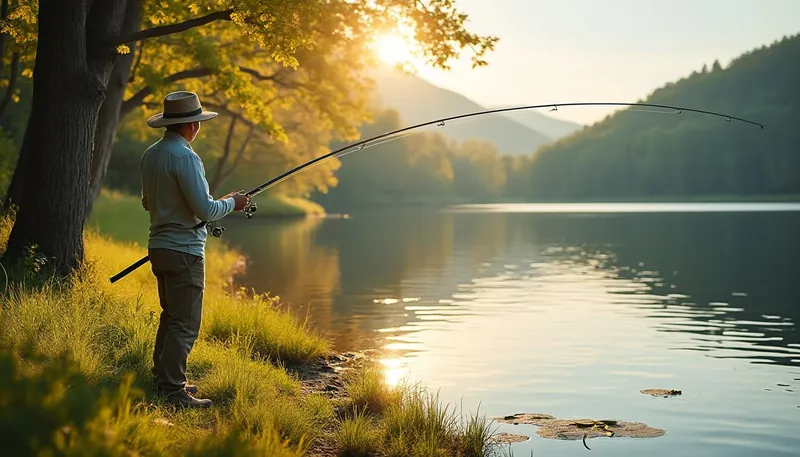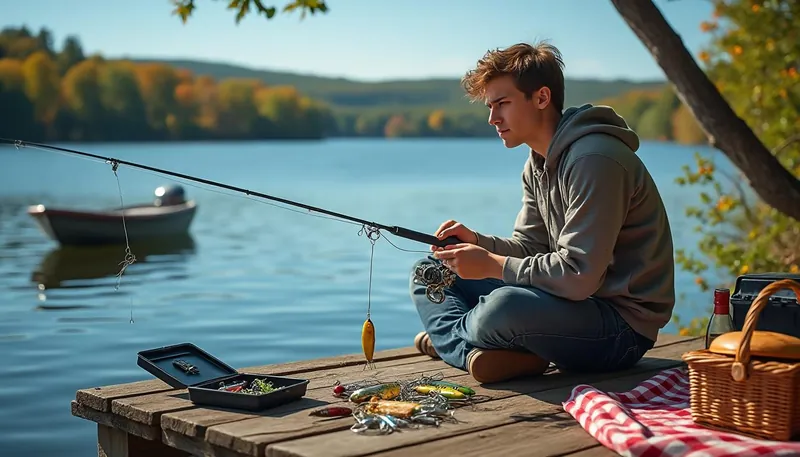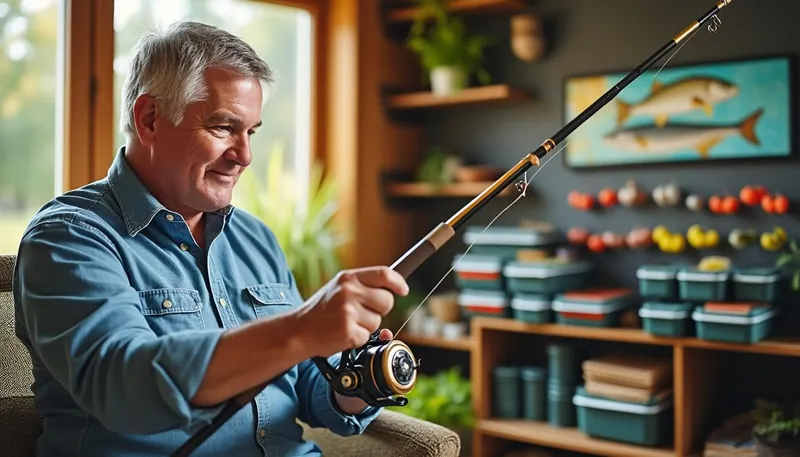Mastering the art of casting a fishing rod is a skill that can make or break your day on the water. Whether you’re an energetic beginner stepping onto the fishing scene or a seasoned angler hoping to brush up on some techniques, understanding casting mechanics is essential. This process isn’t just tossing a line into the water; it’s about precision, technique, and understanding the type of gear you’re using. With everything from spincasting to baitcasting reels at our disposal, mastering proper casting techniques opens up new worlds of fishing opportunities and enhances the overall experience. Think of casting as much more than a practical skill; it’s part of the enjoyment and thrill of fishing. Get ready to dive into the nitty-gritty details that will place you a notch above the average angler.
Brief:
- Understanding gear is crucial for effective casting.
- Proper techniques differ among casting styles: spincasting, spinning, and baitcasting.
- Practice and familiarity with your equipment leads to better accuracy and distance.
- Learning the action of your rod can increase leverage and improve catches.
- Patience and practice are key components to mastering casting—don’t rush your learning experience! 🎣
Fundamentals of Casting: The Gear That Drives Success
Before you step into the world of casting, let’s take a closer look at your gear. The type of fishing rod and reel you choose can dramatically impact your casting success. It’s akin to a carpenter needing the right tools for the job. Knowing whether you’re using a Shimano, Daiwa, Abu Garcia, or Penn reel, for example, helps you adapt your technique accordingly.
Types of Fishing Rods and Reels
When it comes to fishing rods, they generally fall into four categories: spincasting, spinning, baitcasting, and fly rods. While each has a distinct methodology for casting, there are specific features that will define how you handle them.
| Type of Rod/Reel | Best For | Characteristics |
|---|---|---|
| Spincasting | Beginners | Simple design, low backlash risk, enclosed spool. |
| Spinning | Versatile fishing techniques | Open design, excellent line control, and easier to handle. |
| Baitcasting | Expert anglers and tournament fishing | More complicated, higher accuracy, adjustable drag, and tension. |
| Fly Fishing | Specialized fishing styles | Lightweight equipment, unique casting motion for live bait. |
Understanding these differences will serve you well, especially when you’re maneuvering between tackles. Your reel selection heavily affects your casting distance and accuracy, making it a critical decision before getting your line wet.
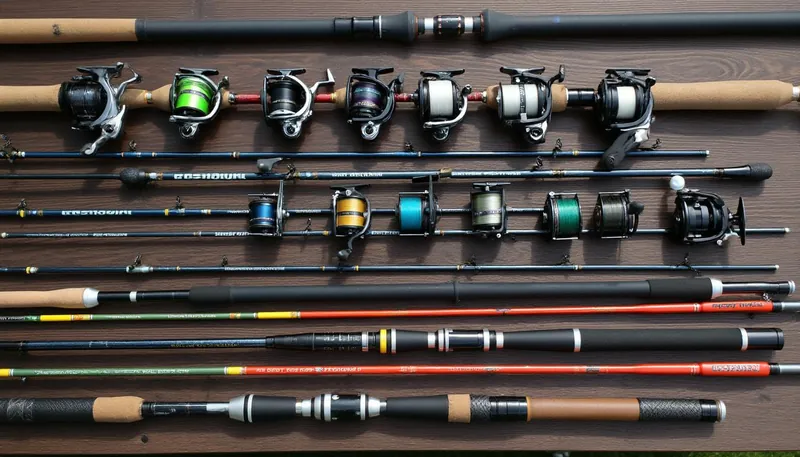
How to Make the Perfect Cast with a Spincasting Rod
Using a spincasting rod is often compared to operating a point-and-shoot camera; it’s incredibly straightforward. This approach is favorable for those new to the fishing experience. With a spincasting rod, you will find a handle with a trigger that makes it user-friendly.
Step-by-step Process for Spincasting
To properly cast using a spincasting rod:
- Begin with your lure hanging about two feet from the rod tip.
- Hold the rod in one hand while keeping your index finger against the trigger.
- Press down on the release button at the back of the reel to spool out your line.
- Prepare to swing by bringing the rod overhead smoothly.
- Release the button as you drive the rod forward toward your target area.
This technique is about keeping movements fluid and smooth. As you gain experience, employing this method with lighter tackle can yield excellent fishing results, especially when using soft plastics which are common among bass enthusiasts. The rod’s length can additionally provide leverage for casting longer distances. Try matching the line weights to the rod’s action rating for optimal performance. 🐟
Exploring the Nuances of Spinning Reels
Spinning reels are exceptionally popular among anglers—especially since their introduction in the late 1930s in the U.S. This design allows for greater ease and versatility when casting compared to spincasting techniques. To make the most of your spinning reel, you’ll want to familiarize yourself with its mechanism.
Effective Casting Techniques for Spinning Reels
Here’s how to cast a spinning rod effectively:
- Grip the rod firmly, keeping your thumb on top of the spool.
- Open the bail with your free hand, allowing the line to unspool freely.
- Position the lure about 12-15 inches from the rod tip for optimal loading.
- Raise the rod back over your shoulder, maintaining a smooth motion.
- With a swift flick of your wrist, shoot the rod forward, releasing the line as you go.
This gentle yet purposeful action enables you to achieve longer casts and better accuracy. A side cast can also be beneficial in tight spaces, where overhead casts might snag overhead structures. Ultimately, practice makes perfect, so spend time refining your technique on solid ground first. Know that as you improve, options like lighter tackle with brands like Berkley or Lew’s will serve you better in the long run. 🎯
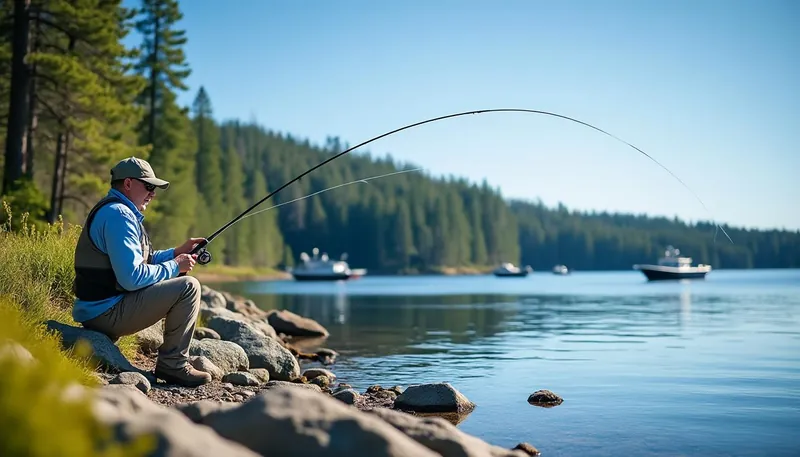
The Learning Curve of Baitcasting Reels
Baitcasting reels offer incredible precision, control, and force for seasoned anglers, but they come with a steep learning curve. Many tournament pros favor these due to their customizable drag and wider range of tactics available. However, if you’re not careful, you might encounter issues like backlashing.
Mastering the Baitcasting Technique
The following steps can help you succeed when casting with a baitcaster:
- Before you cast, adjust the reel tension knob to ensure a smooth release.
- Grip the rod with your thumb over the spool; keep it at a slight angle.
- Press the spool release button to disengage the spool.
- Whip the rod forward smoothly, releasing your thumb from the spool right before the cast ends.
It’s critical to master timing your thumb’s release to avoid messy tangles. Many anglers find side casting easier to start, moving into overhand casting as their skills improve. Focusing on keeping your wrist flexible will streamline your movement and maximize casting distance. Brands like Quantum and St. Croix offer dependable baitcasters you’ll want to practice with frequently. Remember—this technique is about finesse, not brute strength! 🏆
Improving Your Casting Skills Through Practice
The key to enhancing your angling experiences lies in constant practice. No great angler began with skill; they honed it through trial and tribulation. Whether it’s casting from shore, a kayak, or a boat, taking the time to practice the nuances of your chosen tackle ensures confidence on the water.
Practice Techniques to Boost Your Confidence
To nail down your casting performance:
- Regularly engage in backyard casting practices. It’s crucial to maintain your muscle memory.
- Experiment with the different types of lures to understand how they respond.
- Join local fishing groups or forums where you can learn from others and ask for tips. 🧑🤝🧑
- Observe the techniques of experienced anglers; don’t hesitate to ask for advice.
Ultimately, your success boils down to your dedication and willingness to learn. Before long, you’ll be casting with confidence and reliability, ready to hook those prized catches! Trust me; the thrill of landing that first big one is worth all the effort you’ll invest. Tight lines! 🎣
What length of fishing rod is best for beginners?
A medium-length rod between 6-7 feet is great for beginners as it offers a balance between versatility and ease of use.
How can I improve my casting distance?
To improve casting distance, use both hands for power, focus on a smooth follow-through, and release the line at the right moment when the rod is forward.
What fishing line type is easier to cast?
Monofilament line is often the easiest to cast for beginners due to its flexibility and low memory.
Should I practice casting on land before fishing?
Yes, practicing on land with a rubber practice plug helps you refine your technique without risking your bait or tackle.
How do I avoid backlashes when using a baitcaster?
Adjust the tension knob properly and practice your timing to ensure your thumb maintains control over the spool during the cast.
